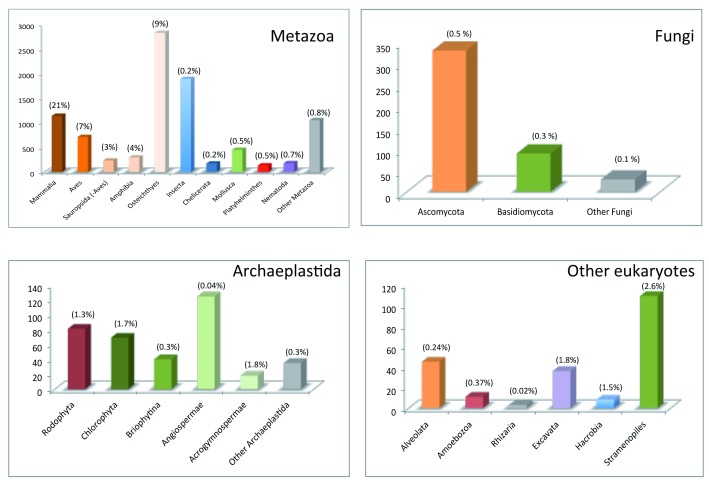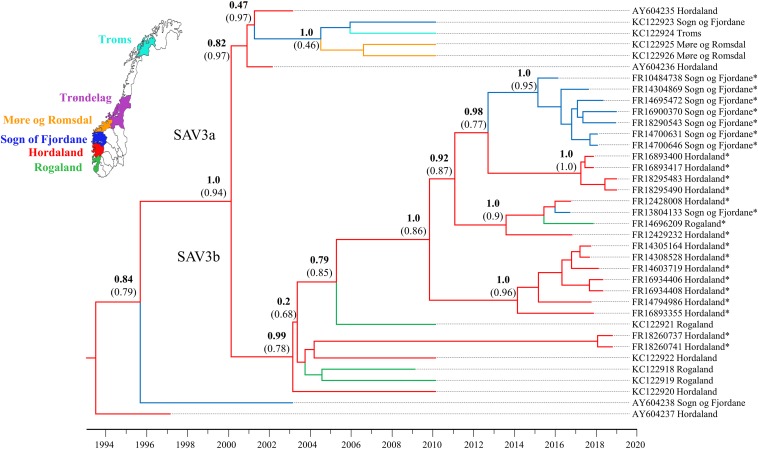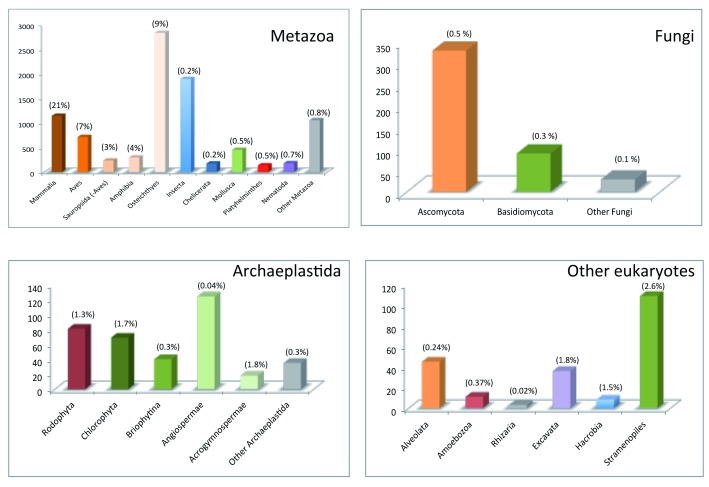Hecaton: reliably detecting copy number variation in plant genomes using short read sequencing data.
Copy number variation (CNV) is believed to actively contribute to adaptive evolution of plant species. While many computational algorithms can be found to detect copy number variation from complete genome sequencing datasets, the everyday complexity of plant knowledge possible introduces false constructive calls.To allow dependable and complete detection of CNV in plant genomes, we developed […]









